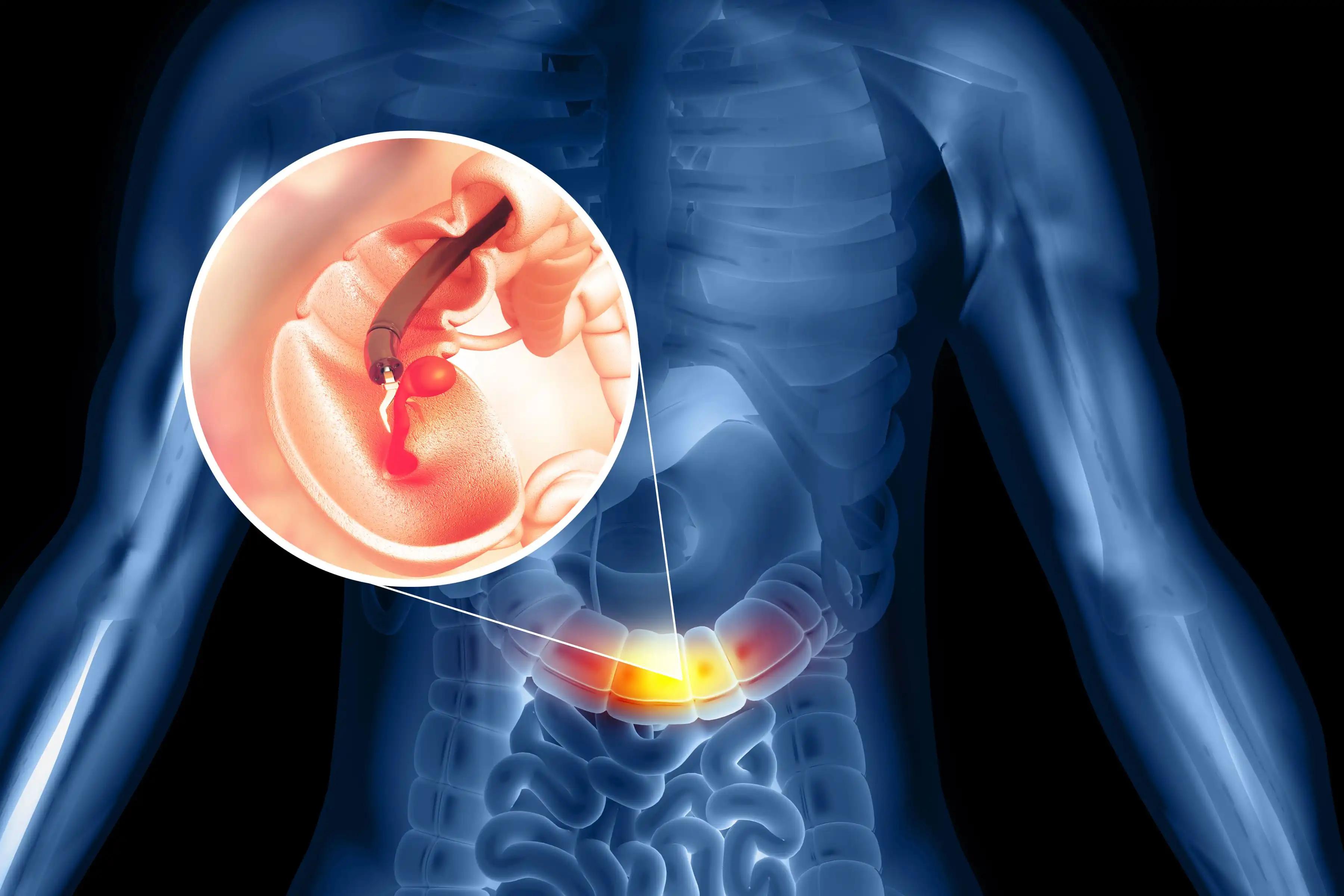KEY TAKEAWAYS
- The study aimed to identify a new circRNA in patients with CRC, assess its diagnostic value, and elucidate its regulatory network.
- Researchers noticed that hsa_circ_101303 is highly expressed in CRC, indicating diagnostic potential and offering insights into its regulatory role.
The role of novel circular RNAs (circRNAs) in colorectal cancer (CRC) remains unresolved in cancer research.
Ke-Zhi Li and the team aimed to identify a novel circRNA involved in CRC pathogenesis, assess its diagnostic value, and construct a regulatory network
They performed an inclusive analysis on circRNA datasets, conducting a differential expression analysis to screen for significant alterations in circRNA expression. Subsequently, selected circRNAs underwent validation in external datasets and clinical samples. The diagnostic potential of plasma circRNA levels in CRC was evaluated. Finally, utilizing the TCGA dataset, a competing endogenous RNA (ceRNA) network was constructed for the circRNA under investigation.
The analysis of datasets revealed that hsa_circ_101303 was significantly overexpressed in CRC tissues compared to normal tissues. The upregulation of hsa_circ_101303 in CRC tissues was further confirmed through the GSE138589 dataset and clinical samples. High expression of hsa_circ_101303 was associated with advanced N stage, M stage, and tumor stage in CRC. Plasma levels of hsa_circ_101303 were markedly elevated in patients with CRC and exhibited moderate diagnostic ability for CRC (AUC = 0.738).
The host gene of hsa_circ_101303 was also found to be related to the TNM stage of CRC. Nine miRNAs were identified as target miRNAs for hsa_circ_101303, and 27 genes were identified as targets of these miRNAs. Subsequently, a ceRNA network for hsa_circ_101303 was constructed to illustrate the interactions between the 9 miRNAs and 27 genes.
The study highlights hsa_circ_101303 as notably upregulated in CRC, correlating with disease advancement. The elevated plasma levels of hsa_circ_101303 suggest its potential as a promising diagnostic marker for CRC. Additionally, the constructed ceRNA network offers valuable insights into the regulatory pathways implicated in CRC pathogenesis.
This study was partially funded by the National Natural Science Foundation.
Source: https://pubmed.ncbi.nlm.nih.gov/38824581/
Li KZ, Liao XM, Li SQ, et al. (2024). “Identification and diagnostic potential of hsa_circ_101303 in colorectal cancer: unraveling a regulatory network.” BMC Cancer. 2024 Jun 1;24(1):671. doi: 10.1186/s12885-024-12458-5. PMID: 38824581; PMCID: PMC11144310.



